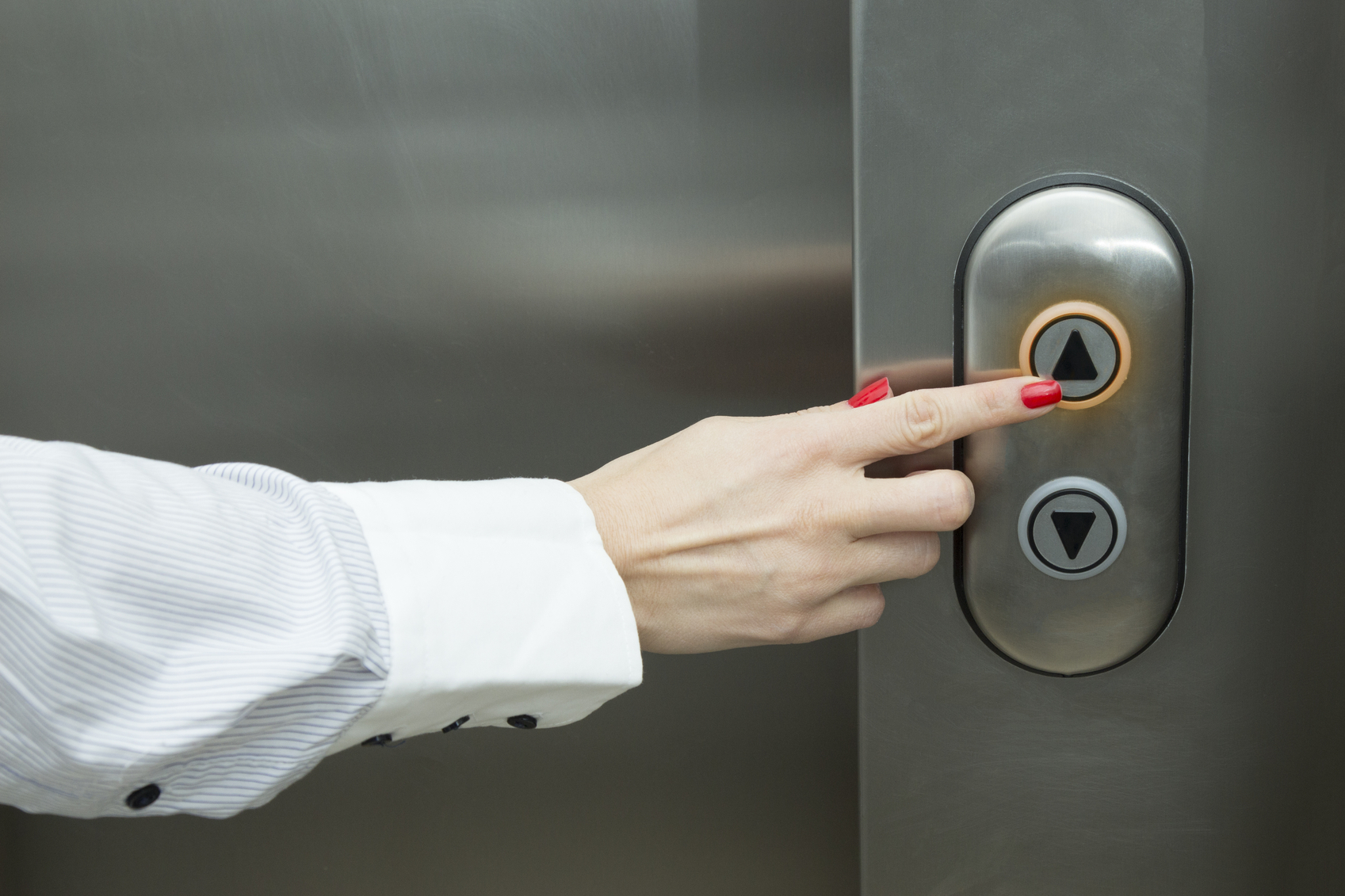Top Lift Companies in London: Offering High Quality Installations and Maintenance
Top Lift Companies in London: Offering High Quality Installations and Maintenance
Blog Article
Unwinding the Intricacies of Lift Technology: Troubleshooting Common Problems Across Lift Designs
In the realm of lift innovation, a myriad of ins and outs usually lie below the surface of what seems a simple device. From slow-moving procedure problems to peculiar sounds rising from the equipment, troubleshooting usual problems across various lift models demands a keen eye for detail and a systematic method - repair and maintenance services. As we start this journey to unwind the intricacies that can pester these essential devices, a much deeper understanding of the inner operations and possible challenges of lift modern technology is vital. Keep tuned as we browse with the labyrinth of lift breakdowns, looking for options to the enigmatic issues that can interrupt the smooth functioning of these important devices.
Identifying Slow Procedure Issues

Following, inspect the electrical connections to ensure that all components are effectively attached and operating. Malfunctioning electrical wiring or loose connections can bring about reduce procedure or total malfunction of the lift system. In addition, it is important to examine the control system to figure out if the problem depends on the programming or sensing units.
If the aesthetic examination and electric checks do not expose the source of the sluggish procedure, further diagnostic examinations might be needed. These could consist of stress tests for hydraulic systems, voltage examinations for electrical components, or running analysis software application for the control system. repair and maintenance services. By following a methodical approach to repairing sluggish operation concerns, you can efficiently identify and solve the issue, making certain the lift operates securely and successfully
Dealing With Weird Noises
To properly fix lift modern technology for odd sounds, a complete examination of the lift elements following the recognition of slow-moving operation concerns is imperative. Odd sounds in lifts can be indicative of underlying issues that require timely focus to guarantee the safety and security and dependability of the system. Usual resources of unusual sounds in lifts consist of worn-out or misaligned sheaves, harmed electric motor bearings, loose or broken suspension ropes, and malfunctioning control systems. When dealing with odd sounds, it is important to perform an organized inspection of these elements to identify the specific root cause of the noise accurately. This might include examining for any visible signs of deterioration, checking the capability of electric motor bearings, tightening loose links, and lubricating moving parts as needed.
Moreover, it is essential to refer to the lift manufacturer's maintenance standards and look for support from qualified specialists when handling intricate lift elements or strange troubleshooting procedures. By without delay solving and addressing odd sounds underlying problems, lift operators can ensure the ideal efficiency and security of the lift system for passengers and i thought about this operators.
Solving Faulty Control Issues
An effective approach for attending to malfunctioning control troubles in lift technology entails conducting a detailed analysis of the control system's elements and he said capability. When running into issues with lift controls, it is critical to first check for any kind of loosened connections, damaged wiring, or malfunctioning sensing units. Verifying that all control screens, keypads, and switches are functioning correctly is likewise essential in identifying the issue properly.
If no noticeable issues appear, professionals must continue to inspect the control panel for any type of indications of water damages, deterioration, or getting too hot, as these can often result in manage malfunctions. Furthermore, resetting the control system or updating the software application may help fix specific glitches or insects triggering the issue.

Taking On Hydraulic System Malfunctions
The effectiveness of hydraulic systems in lifts depends greatly on the correct functioning of different elements within the system. When hydraulic systems breakdown in lifts, it can lead to functional disturbances and safety and security concerns.
In addition, abnormalities in hydraulic fluid levels or unusual sounds throughout lift operation may show underlying system breakdowns that need immediate interest to prevent more damage. Normal maintenance and timely troubleshooting of hydraulic system concerns are critical to making certain the secure and effective procedure of lift innovation.
Dealing With Electric Component Failures
Dealing with electrical element failures in lift technology demands an organized strategy to diagnosing and settling concerns to maintain functional capability and safety and security standards. When encountering electrical issues in lift systems, it is vital to initial carry out a complete inspection of the electrical parts, including control board, circuitry, sensors, and circuit boards. Any kind of indications of damages, deterioration, loose connections, or burnt components ought to be thoroughly noted and attended to immediately to avoid additional difficulties.
When it comes to electrical component failings, it is vital to adhere to producer standards for repairing and repair procedures. This might involve evaluating the parts making use of multimeters, oscilloscopes, or other diagnostic devices to determine the exact source of the malfunction. Furthermore, having a thorough understanding of the lift's electrical schematics and electrical wiring representations can assist in identifying and correcting problems effectively.
Normal upkeep and inspection schedules can help avoid electric failings by spotting prospective problems early. Correct training for lift technicians on electrical systems and components is also important to guarantee precise diagnosis and efficient resolution of electrical problems, ultimately contributing click to read more to the overall security and integrity of lift procedures.
Final Thought
To conclude, fixing lift innovation needs a systematic method to identify and address usual troubles such as slow-moving operation, unusual noises, faulty controls, hydraulic system malfunctions, and electric part failings. By comprehending the complexities of lift modern technology and adhering to appropriate fixing steps, professionals can properly solve problems and guarantee the effective and safe procedure of lifts across various versions.
To successfully fix lift technology for weird noises, a comprehensive exam of the lift elements following the recognition of sluggish procedure problems is crucial. Unusual sounds in lifts can be a measure of underlying issues that require timely attention to make sure the safety and integrity of the system.An effective approach for dealing with faulty control issues in lift modern technology includes performing an extensive analysis of the control system's components and performance.The effectiveness of hydraulic systems in lifts depends heavily on the appropriate performance of various elements within the system. repair and maintenance services. When running into electrical issues in lift systems, it is crucial to very first perform a comprehensive assessment of the electric components, including control panels, circuitry, sensing units, and circuit boards
Report this page